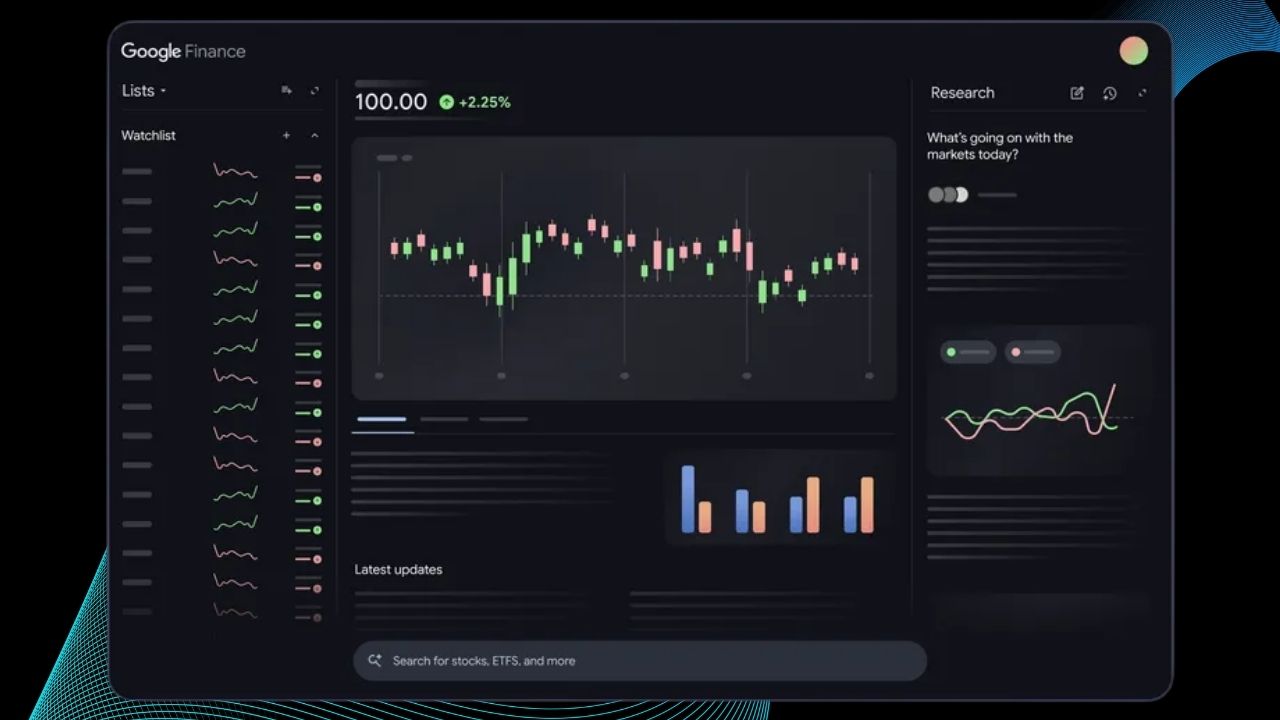Quantum Networking May Be the Missing Link to Unlocking Scalable Quantum Computing: Quantum computing is often described as the next giant leap in technology—a leap that could transform everything from medicine to finance, cybersecurity, and beyond. But there’s a catch: while quantum computers are incredibly powerful in theory, building one big enough to solve world-changing problems is a huge challenge. That’s where quantum networking comes in. Many experts now believe that quantum networking may be the missing link to unlocking scalable quantum computing.
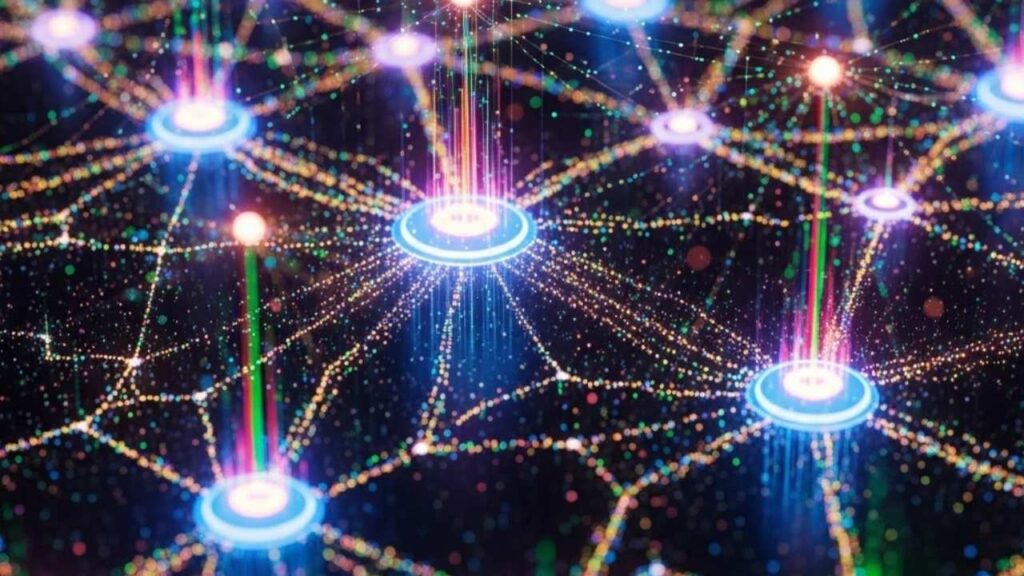
In this article, we’ll explore what quantum networking is, why it’s so important, how it works, and what it means for our future. Whether you’re a curious student, a tech professional, or just someone interested in the next big thing, this guide will make the topic approachable, practical, and insightful.
Quantum Networking May Be the Missing Link to Unlocking Scalable Quantum Computing
| Aspect | Details |
|---|---|
| What is Quantum Networking? | Technology connecting quantum devices for secure, powerful communication and computation |
| Key Principle | Uses quantum phenomena like entanglement and superposition for data transfer and security |
| Main Benefit | Enables distributed quantum computing, making large-scale quantum computers possible |
| Security | Provides unbreakable encryption through quantum key distribution (QKD) |
| Industries Impacted | Finance, medicine, cybersecurity, scientific research, logistics, and more |
| Current Status | Early stages, with successful small-scale networks and rapid research progress |
| Official Resource | U.S. Department of Energy Quantum Networks |
Quantum networking may truly be the missing link to unlocking scalable quantum computing. By connecting quantum devices, we can overcome the limitations of today’s quantum computers and tackle problems once thought impossible. From unbreakable security to revolutionary advances in science and medicine, the future of quantum networking is bright—and it’s only just beginning.
What is Quantum Networking?
Quantum networking is a new way of connecting computers and devices using the unique and sometimes surprising rules of quantum physics. While today’s internet sends information as bits—simple 0s and 1s—quantum networks use qubits. A qubit isn’t just a 0 or a 1; it can be both at the same time, thanks to a property called superposition.
But that’s just the beginning. Quantum networks also use entanglement, a phenomenon where two qubits become linked so closely that changing one instantly changes the other, even if they’re miles apart. This isn’t just a theory—it’s been demonstrated in labs around the world.
How Does Quantum Networking Work?
Quantum networking connects quantum computers and devices using special techniques:
- Direct Connection: Entangled photons (particles of light) are sent directly between devices, sometimes even through the air.
- Optical Fiber Networks: Entangled photons travel through glass fibers, just like the cables that bring high-speed internet to your home.
- Quantum Repeaters: For long distances, special devices called quantum repeaters boost and preserve the fragile quantum signals.
These networks can connect quantum computers, sensors, and other devices, creating the foundation for a quantum internet—a new kind of network with abilities far beyond today’s technology.
Why is Quantum Networking the Missing Link?
The Limits of Today’s Quantum Computers
Quantum computers are already impressive, but they face big challenges. Most current machines can only handle a few dozen to a few hundred qubits. That might sound like a lot, but for the toughest problems—like simulating new medicines or breaking advanced codes—we may need quantum computers with millions of qubits.
Building a single quantum computer with that many qubits is extremely difficult. Qubits are delicate: they must be kept at extremely low temperatures, shielded from noise, and precisely controlled. As more qubits are added, the system becomes even more fragile and complex.
Distributed Quantum Computing: Teamwork for Quantum Machines
Quantum networking offers a solution: distributed quantum computing. Instead of building one giant quantum computer, we can connect many smaller quantum computers into a powerful network. This is similar to how today’s data centers use thousands of regular computers working together to solve big problems.

With quantum networking, we can:
- Combine the power of many quantum computers to solve larger problems.
- Share data and tasks securely across different locations.
- Scale up quantum computing without needing to build a single, massive machine.
This approach also makes quantum computing more reliable. If one machine has a problem, others can take over—just like a team working together.
The Science Behind Quantum Networking
Superposition and Entanglement

- Superposition: A qubit can be in both 0 and 1 states at the same time. This allows quantum computers to process many possibilities at once, making them incredibly powerful for certain tasks.
- Entanglement: When two qubits are entangled, changing one instantly changes the other, no matter how far apart they are. This is the key to secure communication and fast data transfer in quantum networks.
Quantum Key Distribution (QKD)
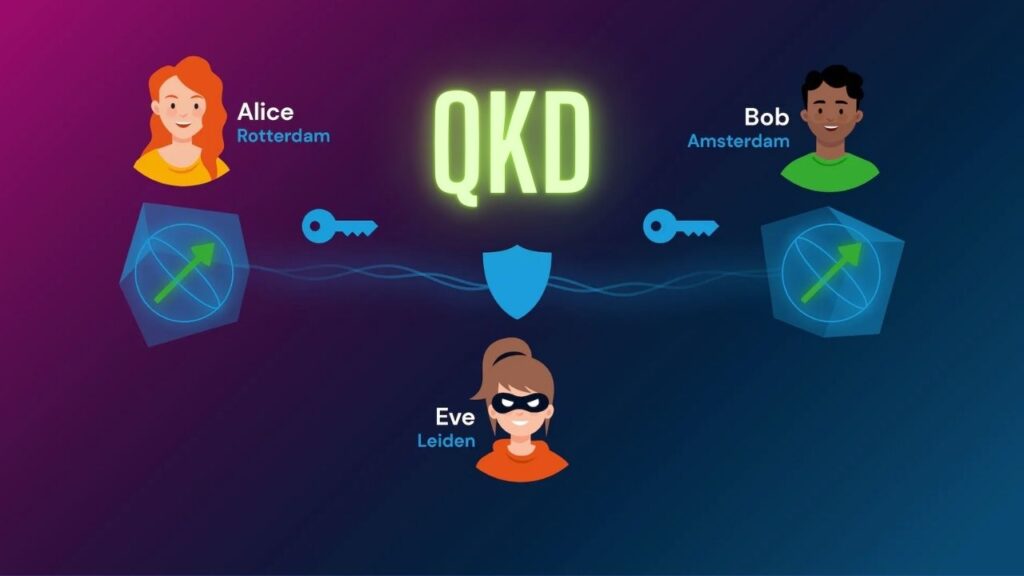
One of the most exciting uses of quantum networking is Quantum Key Distribution (QKD). QKD creates encryption keys using the laws of quantum physics. If anyone tries to intercept the key, the act of measuring it changes its state, alerting both parties to the eavesdropping. This makes QKD virtually unbreakable by any known technology.
Quantum Repeaters
Sending quantum information over long distances is tricky because the signal can get lost or corrupted. Quantum repeaters are special devices that help extend the range of quantum networks by relaying entangled photons without breaking their quantum link. This technology is still being perfected, but it’s a crucial step toward building large-scale quantum networks.
Real-World Applications of Quantum Networking
Quantum networking isn’t just for scientists in labs. It has the potential to revolutionize many industries and change our daily lives.
1. Cybersecurity
Quantum networks can provide unbreakable encryption for sensitive data. Banks, governments, and businesses could use quantum networks to protect transactions, secrets, and personal information from hackers.
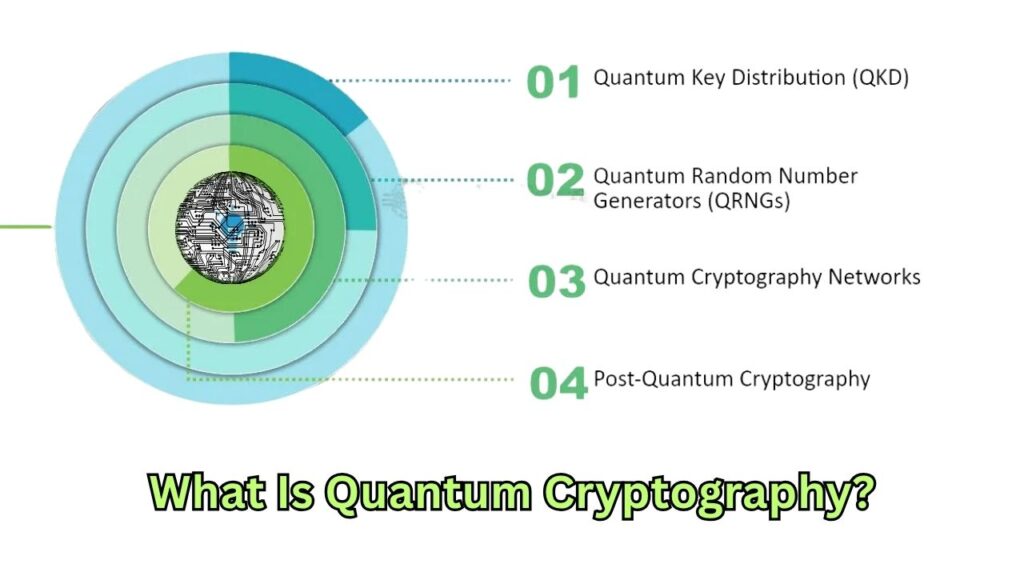
2. Medicine and Drug Discovery
By linking quantum computers, researchers can simulate complex molecules and chemical reactions. This could speed up the discovery of new medicines and treatments, making healthcare more effective and personalized.
3. Finance
Financial institutions can use quantum networks for ultra-secure communications and to solve complex optimization problems, like managing investments or detecting fraud. This could lead to safer, more efficient financial systems.
4. Scientific Research
Quantum networks allow scientists to share data and computing power, enabling breakthroughs in physics, astronomy, and materials science. For example, researchers could use quantum networks to study the properties of new materials or to analyze data from space telescopes.
5. Navigation and Sensing
Quantum sensors connected by quantum networks can provide more accurate navigation, medical imaging, and environmental monitoring. For example, quantum-enhanced GPS systems could guide airplanes and ships with unprecedented precision.
6. Logistics and Supply Chains
Quantum networks could optimize global supply chains by quickly solving complex routing and scheduling problems. This could make everything from shipping goods to delivering packages faster and more reliable.
How to Build a Quantum Network: Step-by-Step Guide
Building a quantum network is a complex scientific challenge, but here’s a simplified breakdown:
Step 1: Choose Your Qubits
Qubits can be made from photons, electrons, ions, or even tiny pieces of metal or atoms. Each type has its strengths and weaknesses for networking. For example, photons are great for sending information over long distances, while trapped ions are excellent for stable storage.
Step 2: Create Entanglement
Entanglement is the foundation of quantum networking. Scientists use lasers or other advanced techniques to entangle pairs of qubits. This process must be precise and reliable to ensure the network works correctly.
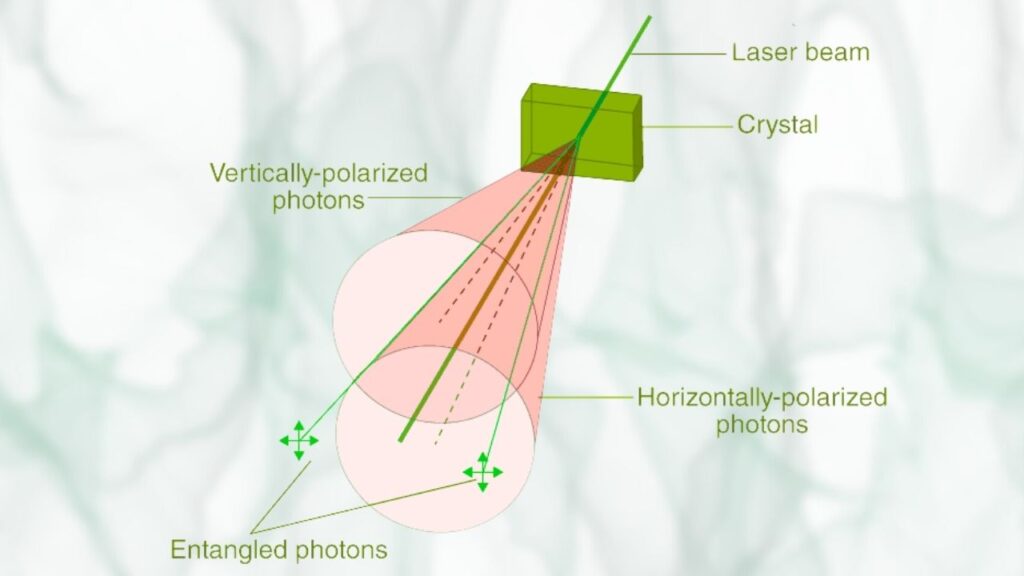
Step 3: Connect Devices
Once you have entangled qubits, you need to connect quantum devices. This can be done using optical fibers, which carry photons over long distances with minimal loss, or through free-space links for shorter connections.
Step 4: Add Quantum Repeaters
For very long distances, quantum repeaters are placed at intervals along the network. These devices catch the quantum signal, strengthen it, and send it on its way—without disturbing its quantum state.
Step 5: Implement Quantum Protocols
Quantum networks require special communication protocols to manage entanglement, error correction, and security. These protocols are being developed and tested in research labs around the world.
Step 6: Integrate with Classical Networks
Quantum networks work best alongside existing classical networks. A hybrid system combines the strengths of both, allowing quantum computers to communicate with traditional computers and users.
The Road Ahead: Challenges and Opportunities
Current Progress
Quantum networking is still in its early stages, but progress is rapid. Small-scale quantum networks have already been built in labs and between nearby cities. Some countries are investing heavily in quantum research, building testbeds and infrastructure for future quantum internets.
Technical Challenges
- Fragility of Qubits: Quantum information is easily disturbed by noise, heat, and other environmental factors.
- Distance Limitations: Sending quantum signals over long distances without loss is difficult, requiring advanced repeaters and error correction.
- Standardization: Developing universal standards and protocols is essential for global quantum networks.
Opportunities for Professionals
- Quantum Engineers: Design and build quantum devices and networks.
- Software Developers: Create new algorithms and protocols for quantum communication.
- Cybersecurity Experts: Develop and test quantum-safe encryption methods.
- Researchers: Explore new applications and improve the science behind quantum networking.
Canada Advances Quantum Error Correction Techniques for Scalable Quantum Computing
Quantum Computing Milestone Achieved, Immediately Challenged by Supercomputer
South East Queensland Positioned as Global Hub for Quantum Computing Revolution
FAQs About Quantum Networking May Be the Missing Link to Unlocking Scalable Quantum Computing
Q1: What is the difference between classical and quantum networks?
Classical networks use bits (0 or 1) to send information. Quantum networks use qubits, which can be both 0 and 1 at the same time and can be entangled for secure, powerful communication.
Q2: Is quantum networking secure?
Yes! Quantum networks offer unbreakable encryption using quantum key distribution. Any attempt to eavesdrop is immediately detected.
Q3: Can quantum networks replace the internet?
Not exactly. Quantum networks will work alongside the classical internet, adding new capabilities like ultra-secure communication and distributed quantum computing.
Q4: Who is working on quantum networking?
Leading universities, government labs, and tech companies worldwide are researching and building quantum networks.
Q5: When will quantum networking be widely available?
Quantum networking is still in its early stages, but small-scale networks have already been demonstrated. Experts expect significant progress within the next decade.



